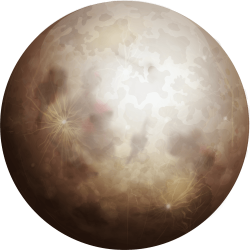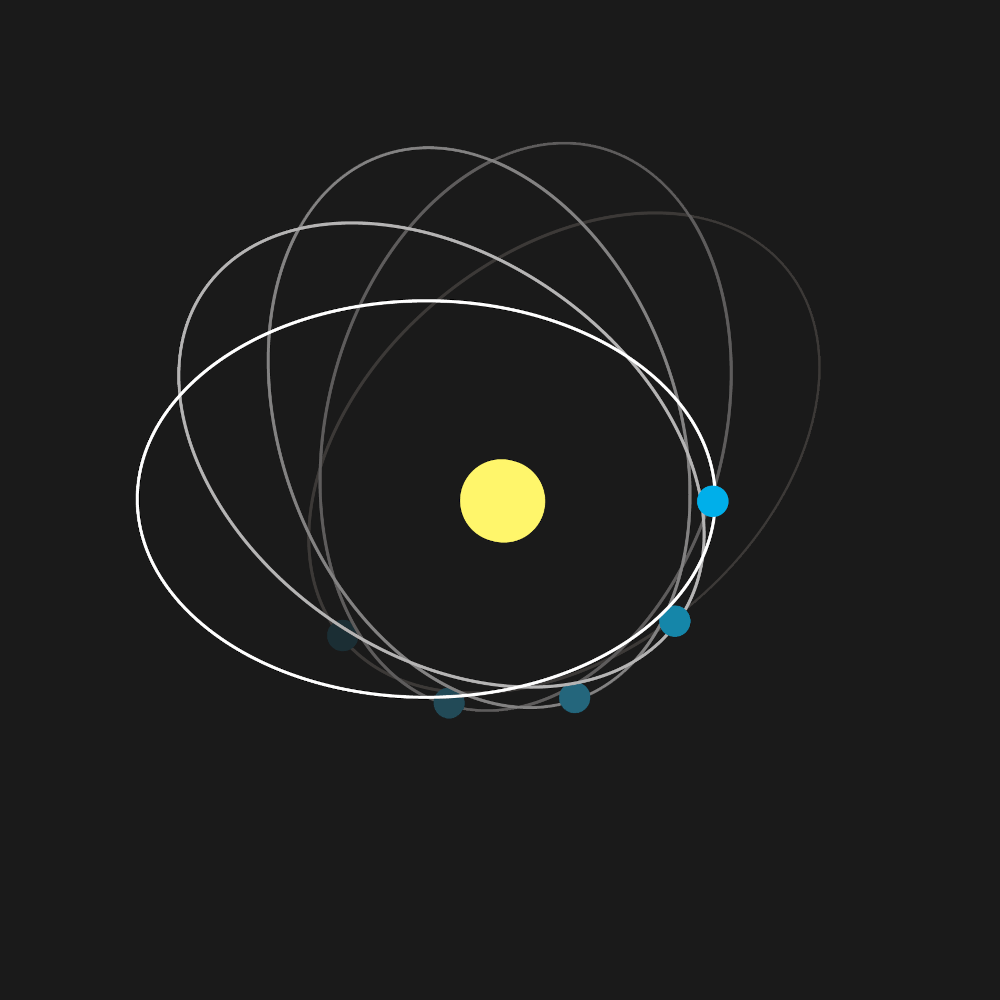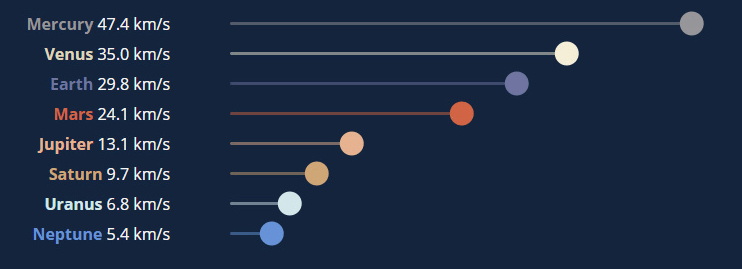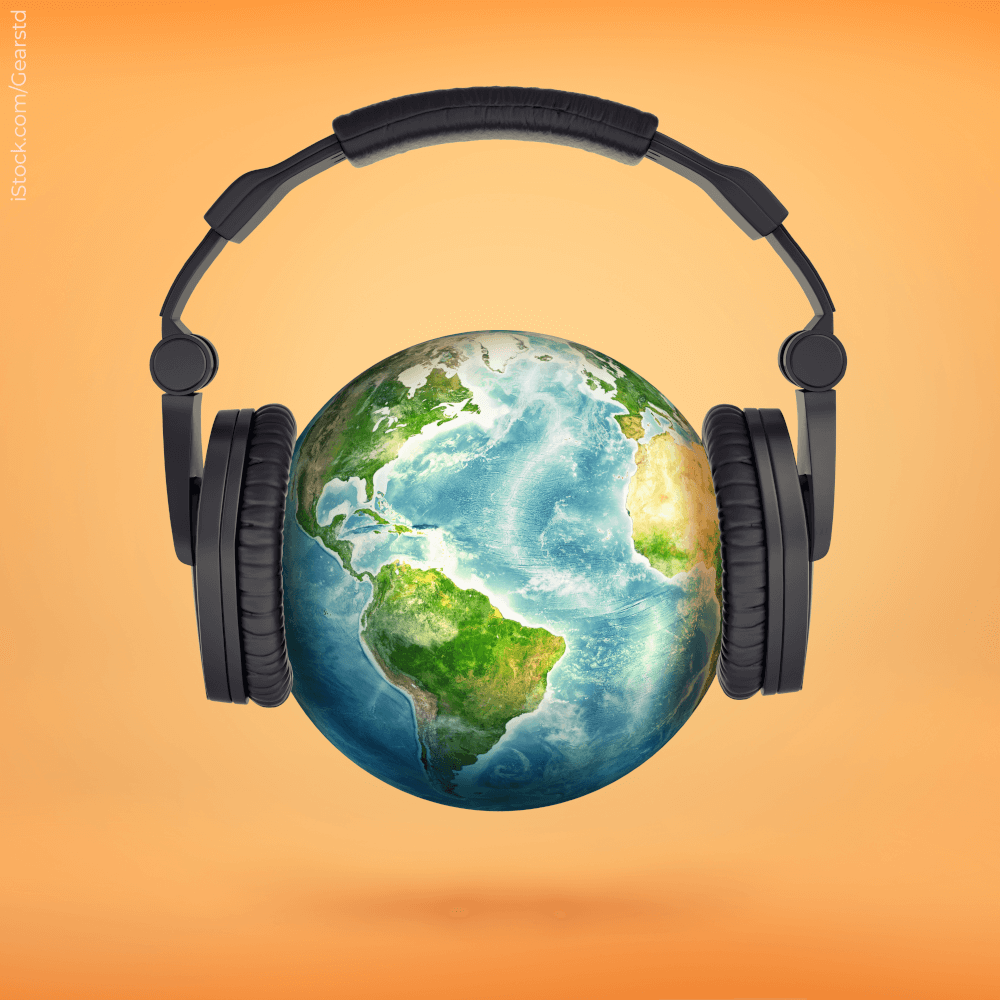Mercury
Picture credits


Mercury is the smallest planet in the Solar System and closest to the sun. In terms of volume, it would fit three times inside the earth’s moon. Mercury consists mainly of iron and nickel and has a thin rocky crust. Its speed around the sun is very high. At the same time, it rotates very slowly. The proximity to the sun and the slow rotation speed lead to large temperature differences on Mercury’s surface.
As a result, the solar wind (the stream of particles that the sun radiates into the Solar System) could entrain any atmosphere that might be present. Without an atmosphere, the temperature differences cannot be compensated by winds. That’s why Mercury’s surface is basically bare rock; very cold on the night side and very hot on the day side.

There are many craters on Mercury’s surface that are very similar to the surface of the moon. Some of these craters are hundreds of kilometres in size, with the largest, the Caloris Basin, being over 1500 km in diameter. The shock wave from the associated meteorite impact that created the basin travelled throughout the planet, creating an unusual hilly area called the “Weird Terrain”. The slow cooling of the planet causes Mercury’s core to contract, resulting in cracks in its rocky surface.

Mercury’s orbit does not behave as predicted by Newton’s equations of motion. To predict Mercury’s motion around the sun, you need Albert Einstein’s theory of relativity instead. But what is so special about Mercury’s orbit? First of all, it is quite elliptical, with the point closest to the sun changing slightly with each orbit.
But Newton’s laws predict a different change than we can observe. Only Einstein’s theory of relativity yields exactly the changes we observe – and without having to adjust the theory. This elegant explanation of Mercury’s so-called perihelion precession was an important confirmation of Einstein’s general theory of relativity at the beginning of the 20th century.

Mercury is the fastest planet in our Solar System – it moves through space at 47 kilometres per second. The closer a planet is to the sun, the faster it moves. Mercury also has to cover the shortest distance around the sun of all the planets. Accordingly, it has the shortest year of them all, lasting 88 Earth days. A DAY on Mercury, on the other hand, is about 59 Earth days long. Therefore, two Mercury years have a total of three Mercury days. This is called a 3-to-2 spin orbit resonance.

Although Mercury’s surface is either very hot or very cold, radar images show that there is permanent water ice at the bottom of deep craters. However, due to the strong solar radiation, extreme temperatures and lack of atmosphere, it is unlikely that life as we know it could survive on Mercury.

Audio guide
(available soon)
PhD students from the Institute of Physics at the University of Rostock give exciting insights into their research and explain the universe.
Quiz
Mercury is 3x smaller than Mars, but still shares what characteristic with it?
